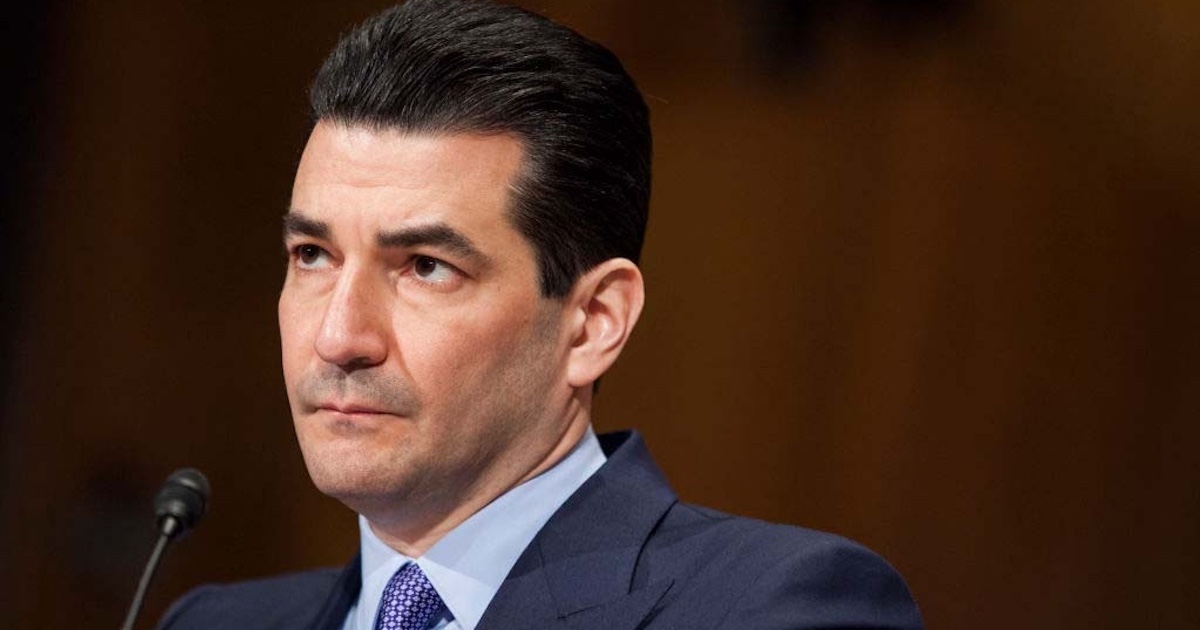By 2025, it is estimated that the United States. will experience shortages of more than 150,000 physicians and 250,000 registered nurses. Faced with these future deficiencies and the current access challenges for underserved patient populations, telemedicine/mobile healthcare has rapidly become the leading option to improve access to quality care while reducing costs.
The flexibility inherent in telemedicine offers substantial benefits to patients and providers alike. Unfortunately, it also leads to increased administrative burdens for the healthcare organizations responsible for verifying provider identification, qualifications and privileges, also known as credentialing. The Centers for Medicare & Medicaid Services and The Joint Commission have attempted to ease this burden by approving credentialing by proxy, thereby allowing accredited organizations to accept other accredited organizations’ credentialing of a shared provider. Though this reduces duplicate efforts, it does not get to the root of the industry’s credentialing problem, only made worse in a telemedicine environment: manual processes.
Legal Insight to Telemedicine Credentialing Challenges
Traditionally, Medicare’s conditions of participation (CoPs) required a hospital’s governing body to base all privileging decisions upon the recommendations of its medical staff after the staff had examined and verified the credentials of practitioner applicants. Pursuant to these rules, CMS required a hospital receiving telemedicine services to follow the same procedures with remote physicians.
Acknowledging that its requirements encumbered small hospitals’ efforts to take advantage of the benefits of telemedicine, CMS amended its rules for both hospitals and critical access hospitals (CAHs). A hospital still must grant or deny privileges to a telemedicine physician based on its staff’s recommendations. As of July 2, 2011, however, the staff need no longer do its own fact-finding, and may rely instead on the credentialing and privileging decisions of the distant hospital where the physician under review practices.
When the distant site is a Medicare-certified hospital, the hospital or CAH must enter into a written agreement specifying that the distant site hospital must satisfy the credentialing requirements of 42 C.F.R. 482.12(a)(1)-(a)(7) (hospitals) or 42 C.F.R. 485.616(c)(i)-(c)(vii) (CAHs). The hospital must also determine that:
- The distant site is either a Medicare participating hospital, or its credentialing and privileging processes and standards satisfy the requirements of the Medicare CoPs;
- The physician is privileged at the distant site; and
- The physician holds a license issued or recognized by the state in which the hospital’s patients receive telemedicine services.
The hospital must also review the credentialed physician’s performance and report to the distant site so it may use that information in its own quality improvement efforts. Hospitals or CAHs that rely on distant site credentialing will thus need to share peer review information, usually privileged, with the distant-site hospital. Such dissemination could threaten the validity of the claim of privilege. Agreements should therefore be written to maximize the chances that, under the applicable statutes and case law, peer review information will remain protected.
Hospitals and CAHs remain free to credential practitioners exercising telemedicine privileges in traditional fashion. When they do, they need not meet the proxy credentialing requirements, nor need they share information. To complete these tasks on their own, however, they will have to devote resources sufficient to carry them out with reasonable care. To protect patients, reduce risk and cut costs, hospitals and CAHs must begin to search for alternative credentialing tools and technologies that streamline processes and ease administrative burdens.
The Solution for Telemedicine Credentialing
Most hospitals manually credential their providers once every 2-3 years. This involves manual information collection and verification and production of a paper credentialing file. Between credentialing cycles, the data that prove provider identity and qualifications are left to deteriorate in paper files without update. Faced with the unique challenges of telemedicine credentialing (e.g., verification of multiple state licenses, etc.), manual credentialing by proxy only complicates, slows down and defeats the goals of telemedicine.
As telemedicine uses technology and the Internet to improve communication, accessibility and quality of service, it makes perfect sense that electronic credentialing is the solution to the telemedicine credentialing challenge. Electronic credentialing relies on Web-based, shared platform technology to transparently and automatically credential providers and maintain real-time, updated identity and qualification information.
So what is electronic credentialing? Electronic credentialing generally involves one or more of the following attributes: (1) a provider portal allowing electronic submission of information, (2) a centralized data repository, (3) automated electronic verification of provider information, and (4) integration of provider information to upstream and downstream systems. Through these tools and enhanced processes, data accuracy and patient safety are simultaneously improved. The significance of electronic credentialing is also felt in the alleviation of legal ramifications typically associated with telemedicine credentialing.
Matthew Haddad, JD, is president and CEO of Medversant Technologies, LLC. As a healthcare industry consultant, he has arranged financing and provided interim management to acute care facilities, skilled nursing facilities, psychiatric care facilities and assisted living centers. He is also a patent holder of Medversant’s AutoVerifi technology.
Joseph P. McMenamin holds medical and law degrees from the University of Pennsylvania and served an internal medicine residency at Emory University and Grady Memorial Hospital before joining McGuireWoods in 1985, where he practices as a partner. His primary focus is on litigation, but a portion of his practice is dedicated to healthcare, including telemedicine. He has advised a number of telehealth service providers on liability exposure, licensing and other issues.


